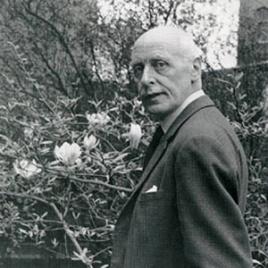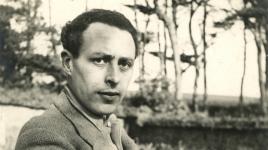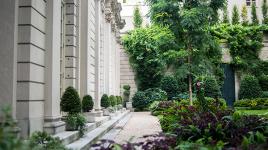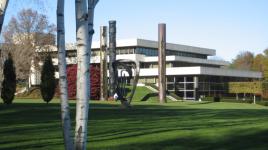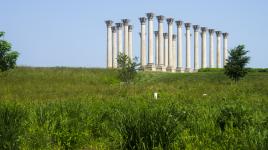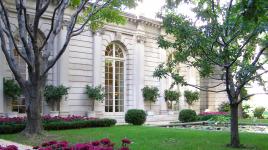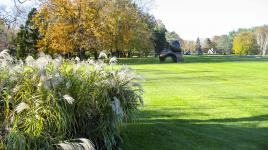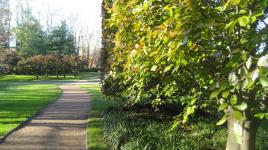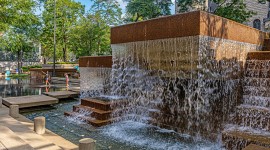Pioneer Information
Born in Lincolnshire in the English countryside, Page’s love of nature was cultivated from a young age. In his teenage years, he derived an interest in garden design; a passion which he was able to actively pursue helping his family create a cottage garden at their property in Wragby. At seventeen, he undertook a professional apprenticeship in the art of garden composition. After studying painting for three years at the Slade School, University of London, Page left for Paris to continue his art studies. There he cultivated his artistic sensibility, while simultaneously pursuing his interests in garden studies and landscape design. Returning to England in 1932, Page undertook his first large-scale project, an improvement of the parklands at Longleat House designed by eighteenth-century landscape gardener Capability Brown. This significant project opened doors for Page, preparing him for a number of other commissions. His early projects included Ditchley Park; Le Vert Bois and the château de Mivoisin in France for French decorator Stéphane Boudin; and Leeds Castle in Kent, a commission he continued to work on throughout his life.
Influenced by English, French, and Islamic design, Page is known for the numerous gardens he created both on large estates and in small courtyards throughout Europe, the Middle East, and North and South America. Throughout his career, he experimented in other directions, creating displays for the Festival Gardens at Battersea Park in London in the 1960s, and engaging in urban planning projects in Australia and Venezuela. In 1962, he authored an autobiography, The Education of a Gardener, chronicling his work to that point. His later public commissions in the United States include a garden for the Frick Collection in 1977 and his last great work, the PepsiCo Sculpture Garden in Purchase, NY.




